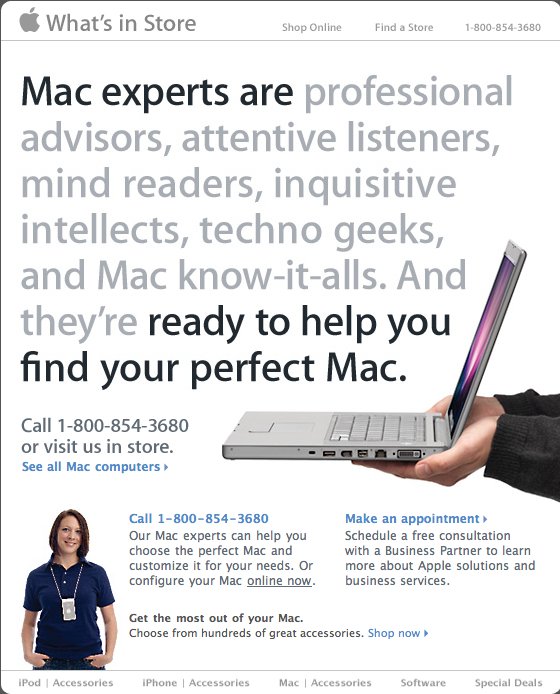1. Does your target Digg your ads?
If zapping tv spots wasn’t bad enough, now Digg is allowing their readers to essentially vote ads “off the island” while promoting the ones they like to star status. For the undug, Digg is the highly popular tech-focused news site where the stories are chosen by the users—the more Diggs a story gets, the higher it ranks on the site. And now that ads can be Digged or Buried, marketers will get real time feedback on the relative appeal of their ads to this highly influential target. If you’re targeting techies, this could be the cheapest copy test you ever tried, as well as the most eye opening.
2. Is your marketing worth retweeting?
While the joys of tweeting may still escape you personally, the phenomenal reach of Twitter is undeniable. In addition to the 20 million or so global users, tweets now appear as status updates on Facebook, LinkedIn, Plaxo and other social networks, extending Twitter’s influence to just about everyone marketers might want to reach. This isn’t kid stuff either. Professionals between 35–49 are the biggest tweeters of them all. So, if you create marketing worth tweeting about, the world will find out about it faster than you can say, “Wow that’s tweet.”
3. Do interns handle your social media?
This is not a trick question. We’ve been asked this a lot in the last month and it is a reflection of a naive belief that it is okay to put a brand’s social media campaign in the hands of novices. One senior marketer even told us that his company uses interns for all of their social media and then shrugs off the lost intellectual capital when the interns move on. As social media advances from the experimental phase to the front lines of customer relationship management, building and maintaining expertise is essential to optimizing results and avoiding PR nightmares. After all, would you ever put an intern on the phone with the press or your top customers?
4. How many customer “love letters” do you get a week?
It is a simple fact—beloved brands do better. Becoming beloved requires achieving customer satisfaction on the basics (product quality) and somehow exceeding expectations via service. Zappos calls this delivering “wow” and does this wherever they can. The Apple Store does this with its amazingly knowledgeable squad of orange-shirted concierges. Others use Marketing as Service to foster brand love, as HSBC does with the BankCab, whose riders send at least one love letter every week. So ask yourself, what could your marketing be doing (versus saying) to generate this kind of passion?
5. Do you have an app yet?
2009 was the year of the app rush for marketers. Everyone from Blockbuster to ZipCar, Betty Crocker to Starbucks, and Fandango to The Food Network cooked up mobile apps for their prospects and customers. In fact, well over a hundred brands joined the fun, some with pragmatic extensions of their service offering (like FedEx mobile) and others with engaging entertainment to enhance their brand perceptions (like Scion’s AV Radio). Given the low development costs of mobile apps and the millions of smart phone users, there is still time to get app happy. And while you’re at it, check out the newly launched CALL THE SHOTS iPhone app that Renegade developed for HARLEM, the new ice cold shot drink imported from Holland. It’s fun, it’s free and it’ll answer the question—how lucky are you really?
6. Did you know Renegade moved?
Back in September we said goodbye to Chelsea Market, our home for 10 years and moved to our new digs in the heart of Greenwich Village, just south of Bowlmor Lanes and north of Patsy’s Pizza. It seems that a few of you might not have our new address so here it is: 41 E 11th Street, 3F, NY, NY 10003-4602. Our phone numbers haven’t changed and we look forward to seeing you soon.

